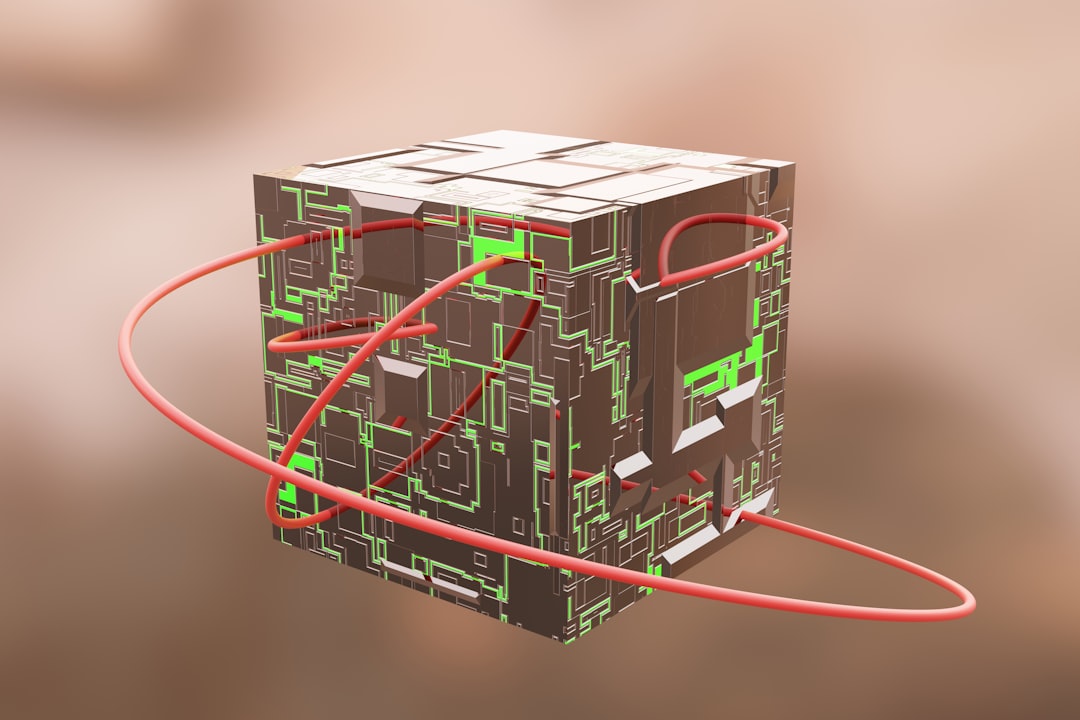AllJoyn is an open-source framework developed by the AllSeen Alliance to enable seamless and secure communication between Internet of Things (IoT) devices. One vital component of the AllJoyn architecture is the AllJoyn Router, which acts as a message broker, ensuring connected devices can find and talk with each other. To ensure smooth functionality and avoid communication issues, it’s essential to correctly configure firewall rules that recognize and permit the ports used by the router.
For many system administrators and developers working on interconnected device ecosystems, understanding how network traffic flows through their systems is critical. Blocking the wrong port can mean losing functionality, poor device discovery, or complete communication failure. Therefore, identifying the appropriate ports for the AllJoyn Router and adjusting firewall rules accordingly is an important task. Below is an in-depth guide on how to identify those ports and configure your firewall properly.
Understanding the AllJoyn Router and Its Role
The AllJoyn Router primarily enables message transportation between endpoints (devices). Depending on whether you’re using a built-in router in a daemon, a bundled router, or a standalone bus, the port configuration might slightly vary. But generally, the AllJoyn Router listens over TCP and UDP for incoming messages.
By default, AllJoyn uses:
- UDP Port 9956 for device discovery.
- TCP Port 9955 for message exchange.
If multiple AllJoyn Routers are active on the same network, they coordinate via these default ports unless configured otherwise. But some implementations or distributions might modify these default values during custom builds or deployments.

Step-by-Step: How to Identify Ports Used by Your AllJoyn Router
Step 1: Check AllJoyn Configuration Files
Many advanced AllJoyn setups enable specifying custom configurations via XML files. If you are deploying your own instance or using a prebuilt AllJoyn Router, first check its configuration files (commonly named ajrouter.conf or similar). Look for specific entries like:
<tcpport>9955</tcpport>
<udpport>9956</udpport>
This confirms what specific ports your router instance is using. If undefined, fall back to checking system port usage.
Step 2: Use netstat or ss to Detect Bound Ports
On systems like Linux or Windows, tools like netstat or ss can be used to detect ports actively bound by the AllJoyn Router.
sudo netstat -tulnp | grep alljoynOr using ss:
sudo ss -tunap | grep alljoynOutput will show which ports are currently open and being used by the router. Look for entries with states like LISTEN, showing which TCP or UDP ports are in use.
Step 3: Inspect Runtime Logs
Check the AllJoyn Router logs during its initialization. These logs usually include startup messages listing which ports it’s binding to for both UDP and TCP communications. If the logging level is not detailed enough, increase verbosity using flags or environment variables depending on how AllJoyn is run on your system.

Adjusting Firewall Rules for AllJoyn Communication
Once the required ports have been identified, adapt your firewall settings. Different firewalls handle rules differently, but the general process remains consistent. Below are the processes for some common environments:
On Linux Using UFW
If you use Uncomplicated Firewall (UFW), apply the following commands:
sudo ufw allow 9955/tcp
sudo ufw allow 9956/udpThis ensures that both discovery and messaging communications are allowed through the firewall.
On Linux Using iptables
For more granular control, use iptables:
sudo iptables -A INPUT -p tcp --dport 9955 -j ACCEPT
sudo iptables -A INPUT -p udp --dport 9956 -j ACCEPTTo make iptables rules persistent after a reboot, be sure to install the appropriate package such as iptables-persistent.
On Windows Firewall
Use the Windows Firewall GUI or PowerShell to allow connections:
New-NetFirewallRule -DisplayName "AllJoyn TCP" -Direction Inbound -Protocol TCP -LocalPort 9955 -Action Allow
New-NetFirewallRule -DisplayName "AllJoyn UDP" -Direction Inbound -Protocol UDP -LocalPort 9956 -Action AllowTesting the Connectivity
After firewall configurations, run AllJoyn device discovery tests or use tools like telnet and nmap to confirm ports are open and accessible:
nmap -p 9955,9956 [target IP]Ensure devices on your local network can communicate without issues. If connection failures persist, verify NAT or VLAN settings that may block multicast transmissions used by AllJoyn for discovery.
Alternative Port Configurations
In secure or crowded network environments, administrators might intentionally configure the AllJoyn Router to use non-default ports to avoid conflicts or for enhanced security. If you do modify the ports:
- Ensure configuration files on both client and router reference the same custom ports.
- Update firewall rules accordingly.
- Document all changes for future network maintenance.
Conclusion
The ability for smart devices to discover and interact with one another is fundamental to modern IoT systems. Ensuring that the AllJoyn Router runs on correctly provisioned ports—and that appropriate firewall rules are in place—is key to maintaining smooth operation. Whether you’re deploying on Linux or Windows, test and confirm connectivity regularly and monitor logs for any warning messages. With careful configuration, AllJoyn can serve as a robust backbone for device-to-device communication in your smart home or enterprise network.
FAQ
- Q: What is the default port for the AllJoyn Router?
A: The default TCP port is 9955 and the default UDP port is 9956. - Q: Can I use custom ports for AllJoyn?
A: Yes, you can configure the AllJoyn Router to use custom ports via its configuration files or command-line parameters. - Q: How can I verify which ports are currently used?
A: Use terminal utilities such asnetstatorssto inspect active network connections and see which ports the router is bound to. - Q: How do I allow AllJoyn through the Windows firewall?
A: Run PowerShell commands usingNew-NetFirewallRuleor manually configure the rule in the Windows Firewall GUI. - Q: Why can’t my devices discover each other even after opening ports?
A: Discovery issues can stem from other factors like multicast restrictions on the router, VLAN misconfigurations, or host-based firewalls that silently drop packets.
